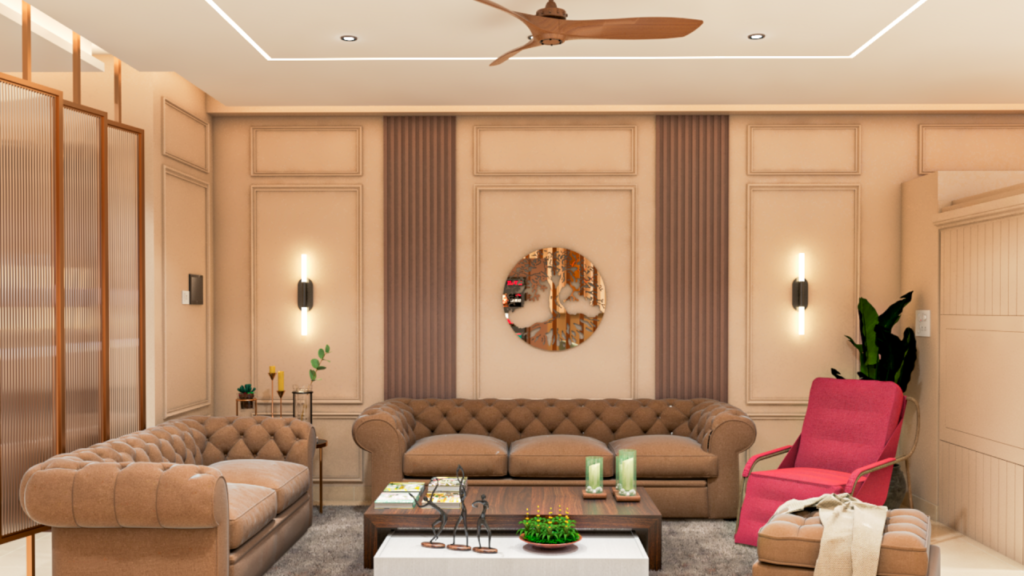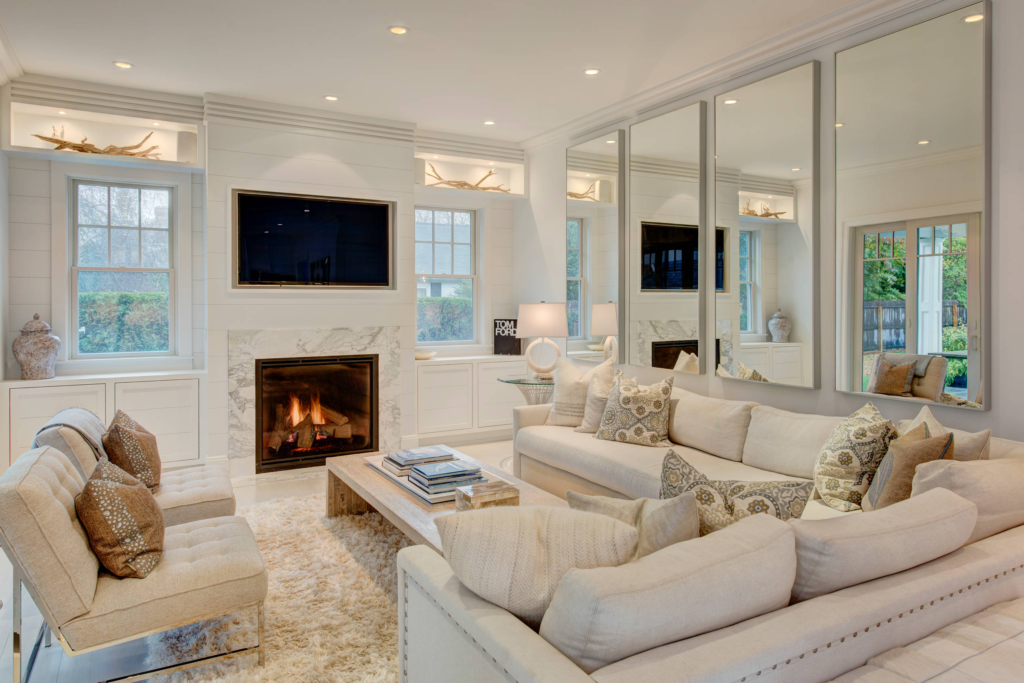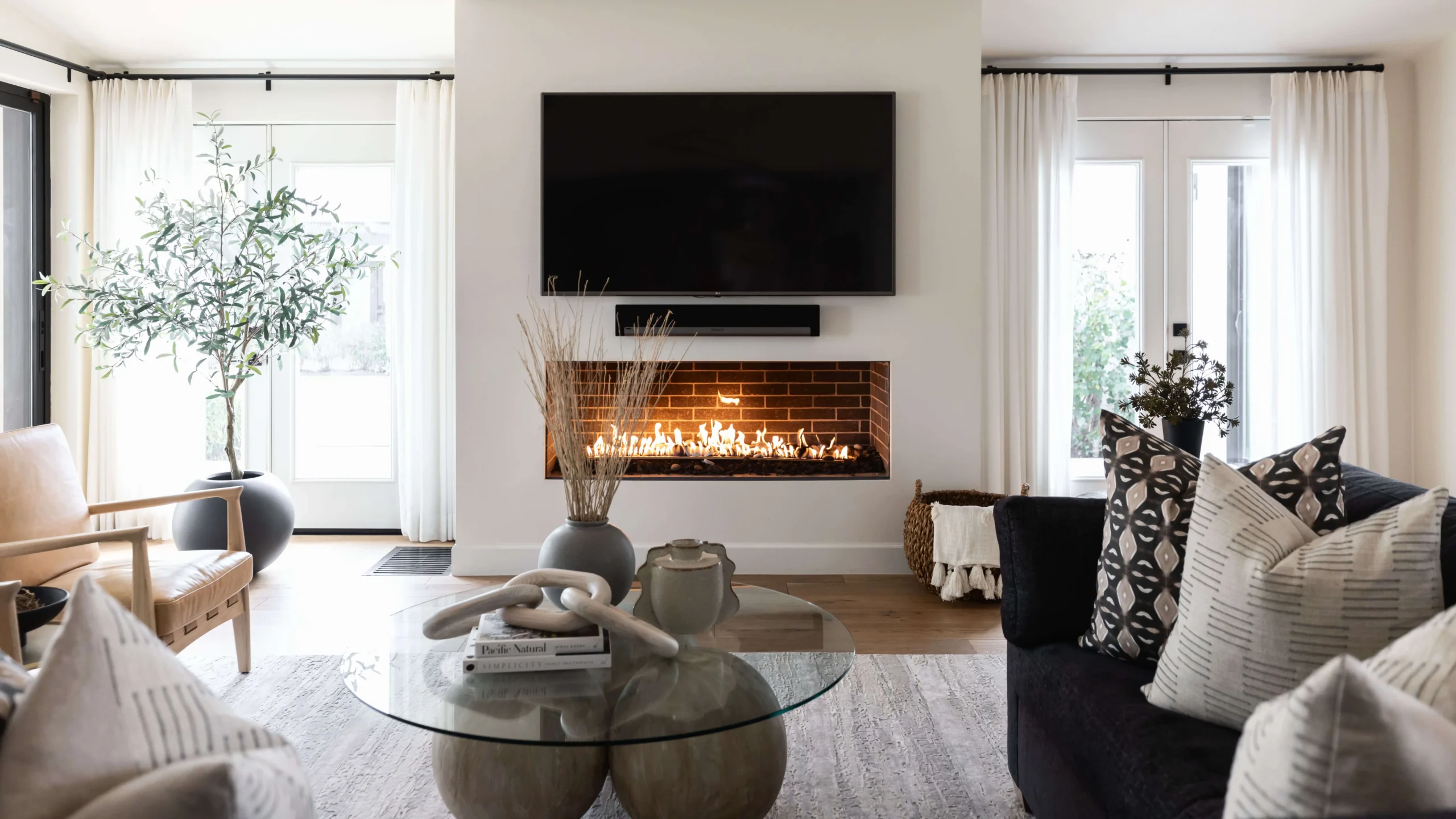Creating a home that’s both beautiful and practical can feel overwhelming, but it doesn’t have to be. A functional living space isn’t just about saving space—it’s about improving your quality of life, making your daily routines easier, and creating a home that truly feels like a sanctuary.
This guide will walk you through how to assess your current layout, declutter your home, incorporate multifunctional furniture, and even introduce clever lighting, design, and tech solutions. By the end, you’ll have actionable ideas to help your space reach its full potential.
Assessing Your Current Layout and Flow
Before making any changes, it’s essential to evaluate how your home currently functions. Ask yourself these guiding questions to get started:

- Are there areas that feel cramped or overly cluttered?
- Do you find yourself frequently frustrated in particular spaces because they lack organization or convenience?
- What rooms do you spend most of your time in, and are they set up in a way that supports your needs?
Mapping Flow and Functionality
Begin by analyzing the traffic flow of your home. Is there enough room to move freely in high-traffic areas? Identify bottlenecks where the spaces feel tight or awkward. This simple step will help you outline priority areas for improvement.
For example, if your living room feels congested, furniture placement could be the culprit. Rearrange to direct foot traffic while keeping key purposes—like conversation or relaxation—in mind.
Decluttering and Organizing to Maximize Space
Decluttering is one of the quickest routes to a more functional home. Often, less is more when it comes to creating a space that works for you.
Start with the “One-Year Rule”
Look at what’s in your drawers, cupboards, and shelves. If you haven’t used an item in the last year, consider whether it’s still worth keeping. Donate or recycle unused belongings that no longer add value to your life.

Clever Storage Solutions
Invest in solutions that make it easier to stay organized. Think floor-to-ceiling shelving, wall-mounted storage, or repurposing underutilized spaces like the area under stairs or beds. Custom-built sheds, such as those available in Salt Lake City, can also be incredibly useful for storing seasonal items or tools without letting them invade your living space.
With everything streamlined and stored out of sight, you’ll not only enjoy a cleaner home but also experience reduced mental clutter—making it easier to relax and focus.
Embrace Multifunctional Furniture
When every inch of square footage counts, multifunctional furniture is a game-changer. These clever pieces allow you to maximize your space without sacrificing style or functionality.
Ideas for Multifunctional Furniture
- Ottomans with Hidden Storage: Combine comfortable seating with a space to stash blankets or magazines.
- Sofa Beds: Whether for guests or small apartments, these versatile pieces serve dual purposes.
- Dining Tables That Expand: Perfect for hosting when needed but compact enough for everyday use.
The right furniture will not only save space but also enhance the aesthetic of your home, giving it a streamlined and cohesive look.
The Impact of Lighting, Color, and Decor
Design choices such as lighting, color schemes, and decor can directly influence how functional and comfortable your space feels.
Opt for Layers of Light
Relying on a single overhead light can make a space feel flat and uninspiring. Use layers of lighting—ceiling fixtures, lamps, and task lights—to ensure functionality and ambiance. For example:

- Install under-cabinet lights in the kitchen for meal prep.
- Use adjustable lamps in reading nooks for proper focus.
- Consider dimmable switches for multi-purpose areas.
Select Colors that Work for Your Space
Light tones like whites or pastels make small rooms feel more open, while bold, darker shades can add a sense of intimacy in larger areas. Keep functionality in mind when selecting paint or decor. A washable paint finish, for instance, makes sense for high-touch spaces like corridors or children’s playrooms.
Simplify Decor
Minimal decor doesn’t mean sacrificing personality. Instead, aim for balance by selecting meaningful pieces that don’t overcrowd surfaces. A gallery wall of family photos or strategically placed mirrors can add depth and character without compromising functionality.
Leveraging Technology for Convenience
Smart tech is transforming modern homes, enabling convenience like never before. Whether your goal is energy efficiency, entertainment, or security, adding tech enhances daily functionality.
Examples of Tech Innovations for the Home
- Smart Thermostats help optimize heating and cooling while saving on energy costs.
- Voice-Controlled Devices make managing schedules, grocery lists, or even playing your favorite playlist effortless.
- Advanced Lighting Systems can be programmed to suit different moods or tasks, from “work mode” brightness to cozy evening ambiance.
Integrating these technologies doesn’t need to be overwhelming. Focus first on the tools that provide the most value for your lifestyle.
Sustainable and Eco-Friendly Design Choices
With an increasing focus on sustainability, eco-conscious design choices not only benefit the planet but also improve indoor living quality.
Swap Out Materials
Opt for furniture and finishes made with sustainable materials, such as bamboo, reclaimed wood, or recycled metals. These not only look great but tread lighter on the environment.
Energy Efficiency
Replace outdated appliances with energy-efficient versions certified with ENERGY STAR ratings. Similarly, small swaps such as LED light bulbs or low-flow fixtures can make a big difference to your utility bills while reducing your carbon footprint.
Plants for Indoor Air Quality
Houseplants don’t just enhance your decor—they also improve air quality indoors. Consider low-maintenance varieties like snake plants, pothos, or succulents.
By designing with sustainability and eco-friendliness in mind, you’ll create a healthier and longer-lasting home environment.
Conclusion
Transforming your living space into a more functional, enjoyable environment is easier than you might think. Start small—identify a trouble area, declutter it, and introduce thoughtful furniture, lighting, or tech changes. Each improvement will make a noticeable difference in your day-to-day life.

